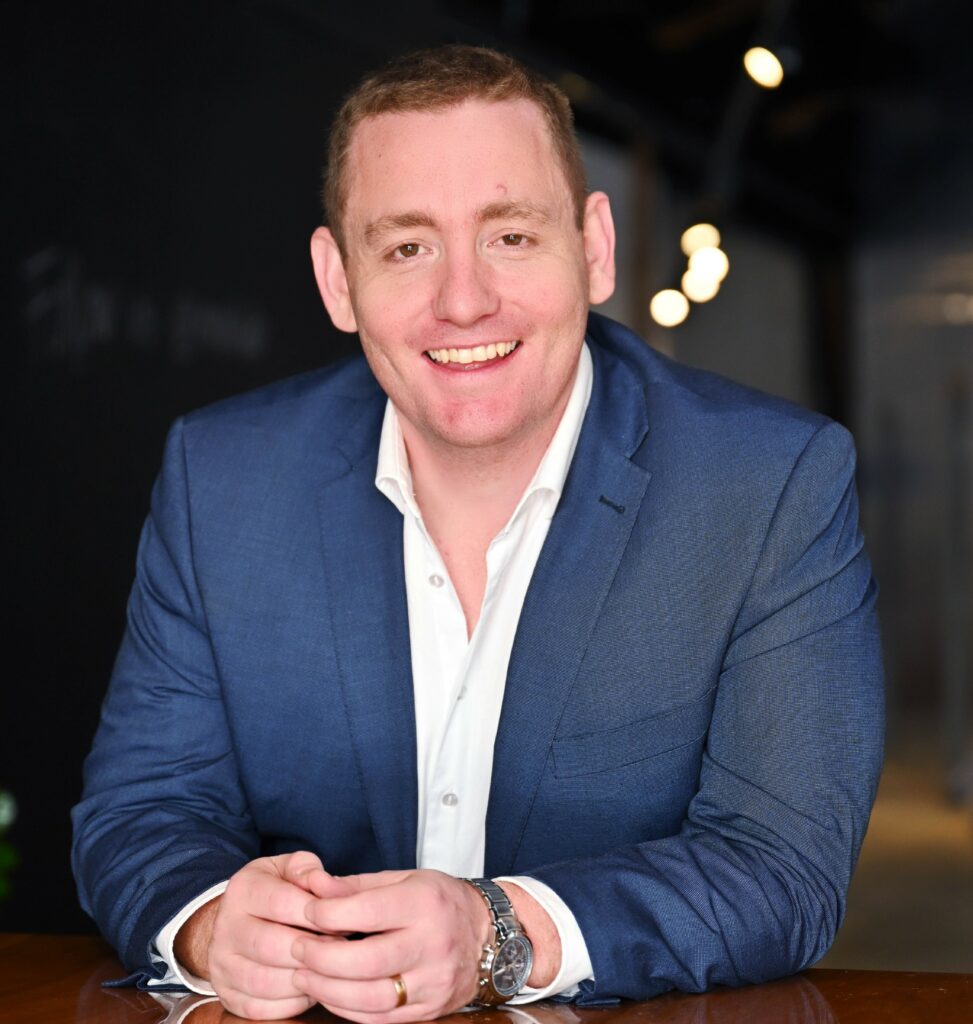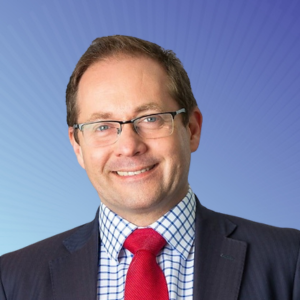Q. How can barriers faced by First Nations people around language, literacy, geography, and culture—and exacerbated by a history of unsuitable policies and procedures—be better addressed/navigated by the super industry?
There are a few different elements to the complexity of these challenges. Firstly, there are systemic issues with the financial services’ way of doing business. And then there are other issues that derive from a geographical base, urban, regional and remote.
For superannuation, a systemic issue is around preservation age and life expectancy. Preservation age, where you can access your super, is around 55 to 60 and 65 if you’re still working. However, life expectancy for First Nations males is 71 and can be a lot less in some of those more regional and remote communities where 50 isn’t that uncommon.
So, if we look at that concept, you can’t access superannuation until you stop working at 60 and you’ve got a life expectancy of 71. If we put that in terms for the rest of Australia, it’d be like telling everyone else they can’t access super until they’re 73, 11 years off their life expectancy. So straight off the bat, that concept makes it really hard for First Nations people to engage with because you simply don’t think that super is something tangible that you are going to be able to actually access at any point in your life.

Q. What do you see as the most important changes to help create an inclusive financial services and super system for First Nations people?
It’s about understanding the unique challenges that First Nations communities face around super. Australia is often touted as the pinnacle of global retirement systems and it certainly has advantages, like good tax benefits, that make it really enticing for people to contribute.
However, we’re finding more and more that it’s only really a certain cohort, probably men really, that are employed for a consistent 30 to 40 years of their life, that it really works for. If we look at the experience of women in super, they’re having families and taking time out of the workforce and have less years where they are contributing then it really doesn’t work that well.
Equally, you have First Nations people who haven’t been in the workforce for very long, are severely underemployed and perhaps don’t have anything sitting in their super. That’s when cracks in the system start to appear.
At this Summit we will have more First Nations people there than any of the previous ones. There will be two panels that talk specifically about those challenges around super and everyone on the tables will be having a discussion to create awareness.
And that’s the point of the First Nations Super Summit on 22 February in Sydney. To bring together those community voices from grassroots organisations to say, “This is what we’re seeing on the ground, these are some of the challenges.” And to move forward with that concept of economic reconciliation.
We don’t want to just have community saying, “Here is a list of demands we need to make this fit more with what we want to do.” We want to bring the two parties together, we want communities to also say, “Well, what are some of the things that we can do, or we can change, to fit into the system as well”.
A great example of that is—while it’s not perfect by any means—alternative forms of identification. A few years ago, the 100 points of ID was determined, this is pretty stock standard for most firms within financial services. However, some Aboriginal people in regional and remote areas just couldn’t get those 100 points of ID together. The super sector said, “Okay, well, we still need ID. We’re going to come up with these alternative forms of identification that could be verified by an elder or Aboriginal organisation or the local police officer”.
That was a really good example of both parties coming together and saying that there’s a solution to this. We don’t have to be fixated on providing your Medicare card, bank card, birth certificate and or passport.
Instead, through AUSTRAC, First Nations people could use six alternative options for identification. So, I think that’s one of the examples to show that it’s not impossible, it’s not a system that cannot be changed or altered. We can think creatively once we have those firsthand experiences.
Q. What do you see as an obvious starting point or missed opportunity for change to happen faster?
I’m hoping these themes will be discussed at the Summit in a bit more detail, but one of the things to improve is around an authority to act. So, you can have financial counsellors registered to act on behalf of their clients and they can then interact directly with the super fund. However, super fund employees are trained to detect fraud or financial abuse and often end the call when a third party is talking on behalf of a customer. Having super fund employees verifying financial counsellors to prevent any misunderstanding would be a great start.
Q. What advice would you give to any organisations that may want to make changes but are fearful of getting it wrong through lack of knowledge or know-how about First Nations peoples’ requirements?
One thing an organisation can do is build an advisory group; it doesn’t have to be an extensive panel. It could be two or three First Nations people who meet maybe three or four times a year and have cultural authority to really navigate the best way forward for the superannuation organisation.
We (First Nations Foundation) do advisory work as well in this area because we know that it’s not just the cultural stuff, but also the technical aspects of superannuation as well which makes it a really good fit.
Look at the banking sector, most of the banks have an Indigenous Affairs team that they can lean on for this type of thing. Whereas that doesn’t exist in the super sector. It’s usually non-Indigenous people who have come together to support the RAP (Reconciliation Action Plans) initiative but don’t have the cultural authority to really push that cultural agenda. So, you can be creative and appoint a head of Indigenous Strategy at your super fund and lean into that person for that cultural authority to say, “Based on my assessment, expertise and connection to community, we can go forward with this and it won’t be offensive or there is minimal risk with that approach.”
Q. The First Nations Foundation Summit is being held on Thursday 22 February in Sydney. What are the key themes and what outcomes do you hope to achieve?
The Summit officially launched in 2016 and was previously called the Indigenous Super Summit. We’re really excited about taking ownership of the Indigenous Super Working Group and running the Summit because it means going forward, the Summit will be Indigenous-led. This year, we’re bringing First Nations people together with key industry stakeholders to address some of these issues we’ve spoken about and make some real changes.
We’ve also got regulators attending, life insurers, government bodies like the ATO, as well as some investment funds like BlackRock.
It’s an opportunity just to hear some of those voices on the ground and understand the challenges First Nations people have in accessing and managing their super. We want to open that discussion and have super funds and administrators, as well as other key stakeholders, sit with those barriers and think about how things can be done differently.
And that’s the point of the First Nations Super Summit on 22 February in Sydney. To bring together those community voices from grassroots organisations to say, “This is what we’re seeing on the ground, these are some of the challenges.” And to move forward with that concept of economic reconciliation.
At this Summit we will have more First Nations people there than any of the previous ones. There will be two panels that talk specifically about those challenges around super and everyone on the tables will be having a discussion to create awareness.
We aim to come up with a list of around three priorities that we (the First Nation Superannuation Working Group) can focus on for the next 12 months. The Working Group will meet on a regular basis, we’ll look at an issue and we’ll have different action groups that look more specifically at a challenge and then progress those challenges.
A key point to this will be bringing together the three peak bodies: ASFA, AFCA, and SMC. This hasn’t been done before; it’s usually been one body that’s focused mainly on industry funds.
So, being united as we move forward and getting the peak bodies’ support on changes and focus areas, then pushing that out to members.
During the day, we will have community members, so financial counsellors and capability workers, sitting on two panels. The first panel will talk about some of the kinship structures and challenges around accessing super. The second will focus on more systemic issues in superannuation. I will then host a Q&A with the Aboriginal financial counsellors so they can tell us about what’s happening on the ground.
We’ve also got a talk from Adam Davids from First Nations Equity Partners. He will look at the ASX 200 and see which companies are safe investments for First Nations people, given some of the news about what mining companies are doing at the moment, and whether they should be excluded from portfolios.
Then there is the panel with ASFA CEO Mary Delahunty, along with Misha Shubert CEO of SMC, and Dr June Smith Deputy Chief Ombudsman at AFCA.
The panel will reveal how the industry can utilise member bodies to shift the dial forward in superannuation. I’ll also be speaking with the General Manager from Reconciliation Australia about how the framework can be embedded to make it more tangible and something that’s part of your corporate strategy as well.






